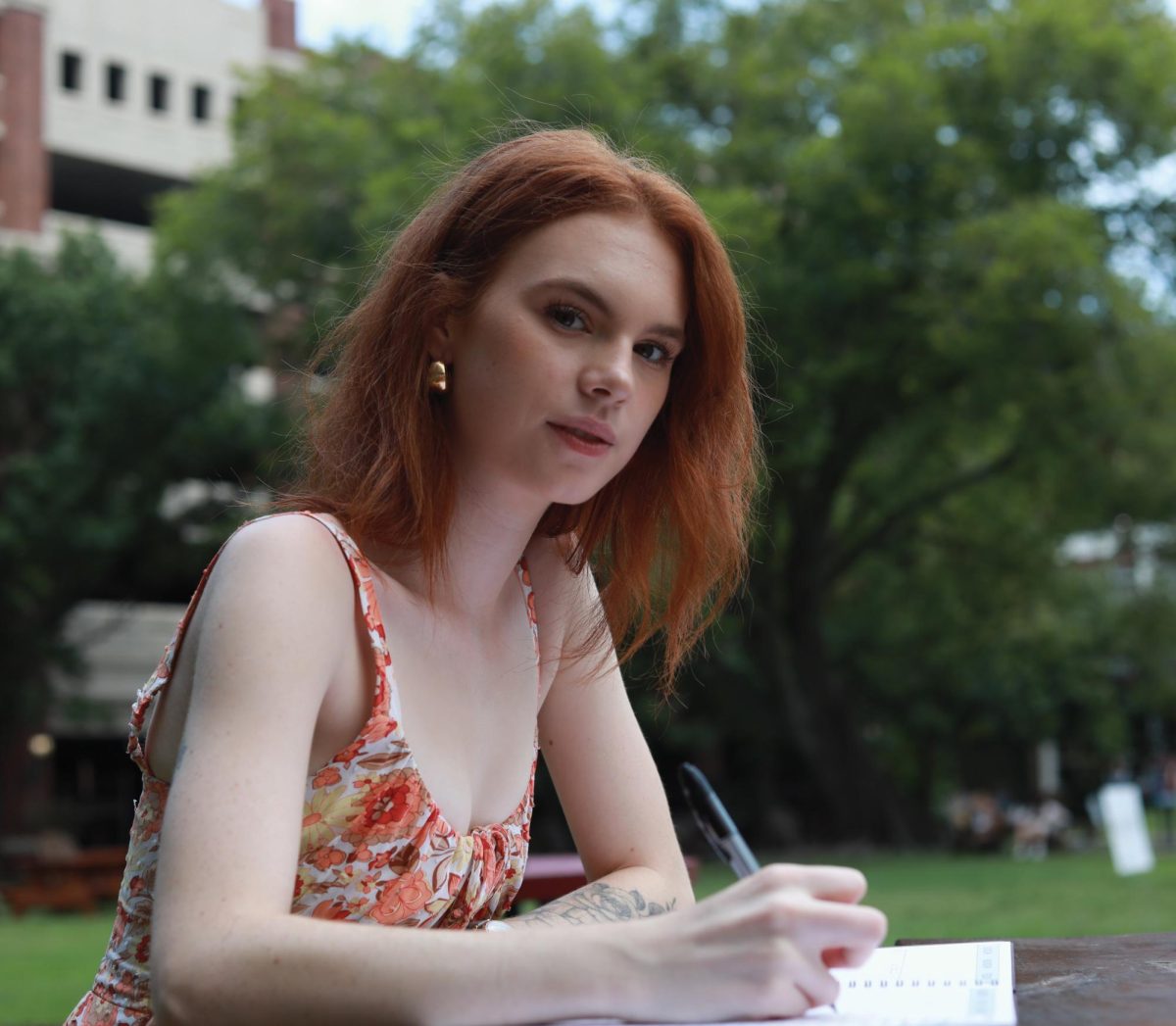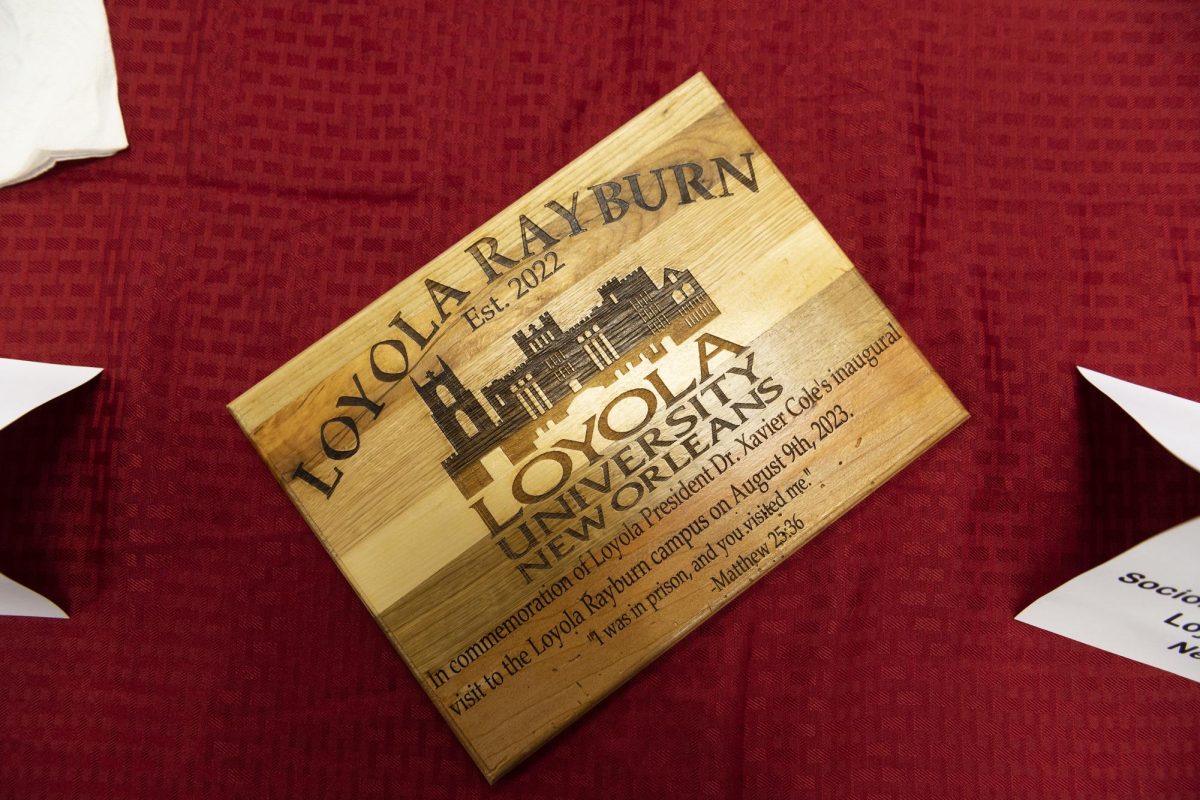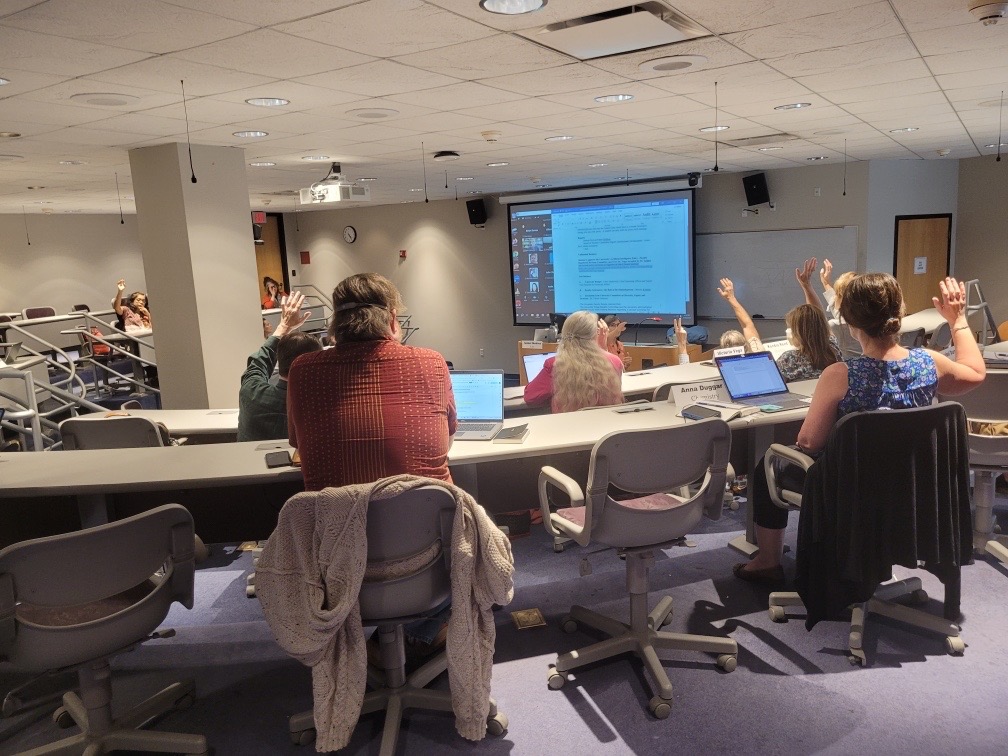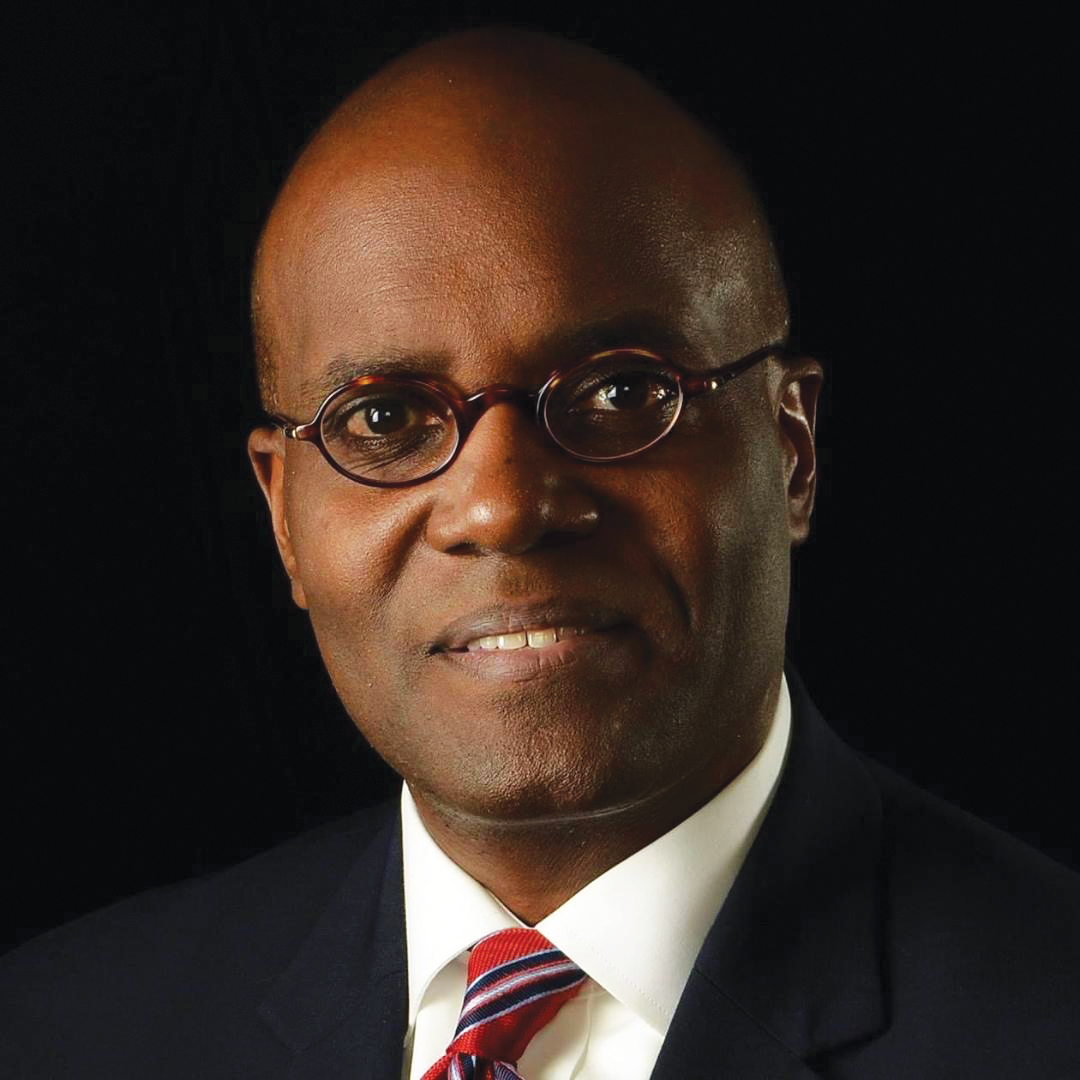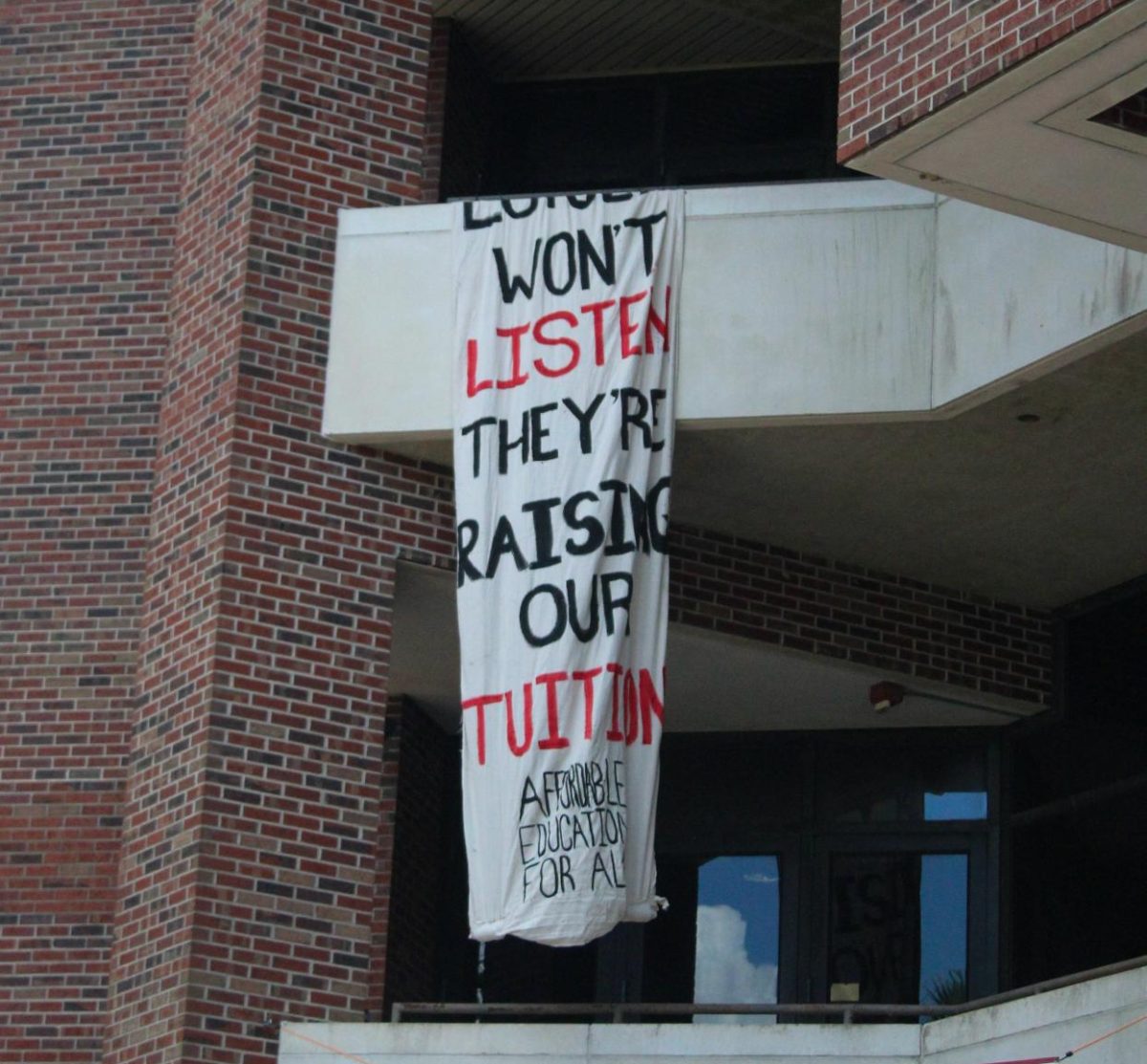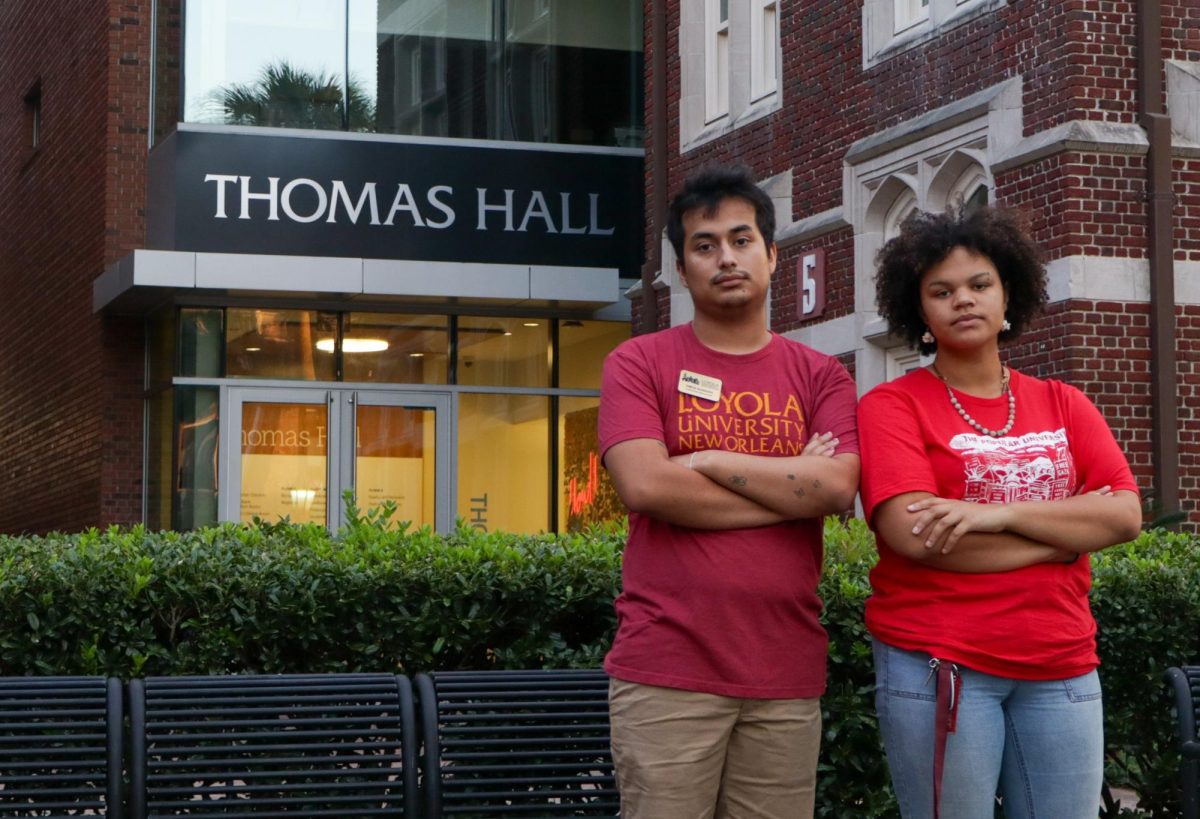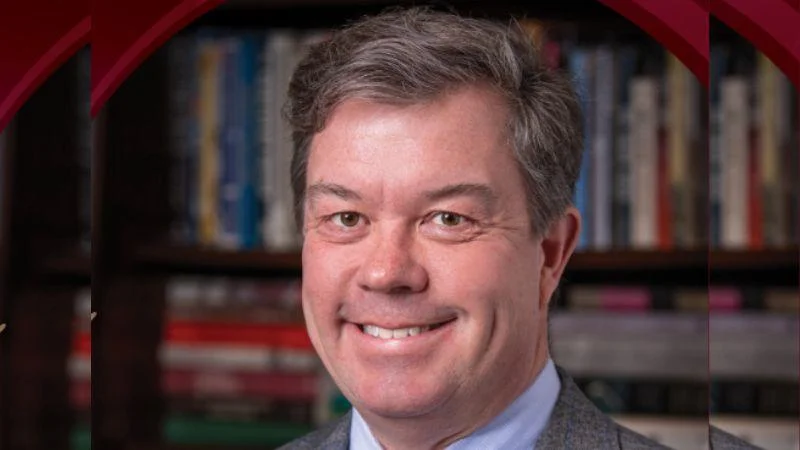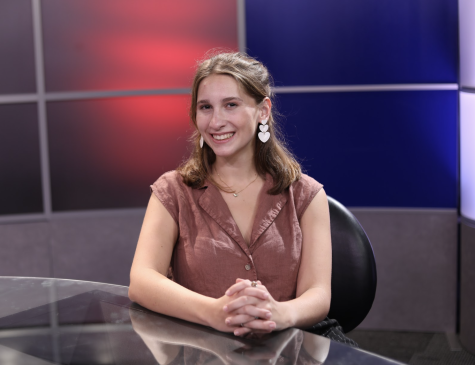Despite good intentions and comprehensive coursework, Loyola’s teacher education program has left students wanting more.
Students within the program feel that its small size and lack of flexibility has denied them the support necessary to be truly successful.
One such student is Rose LaBay, who has worked toward becoming an education professional for the past two years. However, when this goal fell apart, LaBay was left without a clear professional direction.
The time and energy LaBay spent in this program was ultimately lost when she was unable to pass her teacher certification exam, which was a result of what she claims were failures within Loyola’s teacher education program.
LaBay, now entering her senior year at Loyola, had to shift focus and solely pursue an English degree because, she said, Loyola lacks the resources she needed to complete her teaching certification.
“I would have loved to be a teacher,” LaBay said. “But this has kind of turned me off from it in a sense. It’s so many hoops to jump through, and no one wanted to even help me with it.”
Difficulty in program completion
According to the program’s director, Glenda Hembree, students take the Praxis II teacher certification exam as juniors and then enter a student teaching position as seniors, where they gradually learn to teach a class independently through a mentorship program.
However, LaBay found her biggest obstacle in passing this initial exam.
She said her professors did not inform her of the exam date until a couple months before she would be required to take it. She added that she was not initially informed there would be a deadline to submit score results, which made retaking the exam difficult.
Loyola does not offer specific courses to prepare students for the exam, she said.
LaBay said she was repeatedly told by Hembree that she shouldn’t worry about the exam because she was attempting certification in a supposedly easier area of focus.
LaBay chose to retake the exam but was concerned that she would not receive her results until after the necessary deadline to qualify for student teaching. When LaBay voiced these concerns to Hembree, she said she was told to “be positive.”
According to Hembree, the classes which students take junior year are taught with this exam in mind, and the department has test practice books available.
Ultimately, LaBay chose to leave the teacher education program because she would have to complete another year at Loyola in order to graduate with her certification, which wasn’t feasible financially for her.
She also added that the combined cost of practice exams, as well as taking and retaking the exam, cost almost $300. Hembree said that, although the department does not directly fund exams, Loyola’s student government has a stipend available for students who apply.
Ayana Cormier, a senior English writing major, is currently working on her student teaching residency. Cormier said she feels there is a failure in communicating the requirements necessary to begin student teaching, which include background checks, the certification exam, and direct contact with the schools at which they are teaching.
Cormier also said she had difficulty finding an appropriate way to study for the exam.
“There was a lot of stress, not only with me,” Cormier said.
Mentorship and student teaching
Comier said coordinating and planning student teaching opportunities was essentially up to students, and Loyola faculty seemed uninvolved outside of officiating location assignments.
All four current seniors in the program were sent to complete their student teaching at Morris Jeff Community School, a K-12 charter school with multiple campuses in New Orleans.
Cormier said before being assigned to Morris Jeff, she and other students were told to compile a list of potential schools at which they would want to teach.
However, she questioned if this list made any impact on her actual assignment, as all students were sent to the same location.
Hembree said there are many schools in the area available for student teaching, but Cormier felt that assignments were dictated by convenience rather than best individual fit.
According to Hembree, Morris Jeff is well suited to the needs of student teaching. She said Loyola has one alumni from the teaching program who currently works there.
Additionally, Morris Jeff is roughly a 20-minute drive from Loyola’s campus. Cormier said this raised another issue, as she now had to provide her own transportation.
“I had to hurry up and get a car this summer, which was a lot of money,” Cormier said.
History senior Savannah Charette said she has also had difficulty traveling to Morris Jeff in order to complete her residency for the teacher education program at Loyola. Charette said that while she is able to use public transportation, the commute requires her to take two buses, which takes roughly an hour and a half.
Charette added that, originally, she would wake up at 5:45 in the morning in order to make it to school on time. But, she has since decided to sacrifice punctuality for the sake of a better commute.
Charette said that traveling to and from Morris Jeff is a tedious, but doable, adjustment to her schedule.
“I’ve gotten used to it for the most part, it’s just still really, really annoying,” Charette said.
Charette added that, early in the residency process, Loyola seemed more flexible in finding teaching locations that accommodated student’s locations. But, this was before the program reached a partnership agreement with Morris Jeff.
Loyola also holds a partnership with the Holy Name of Jesus school, located next to Loyola’s campus along Calhoun St.
Hembree said student transportation needs are taken into account when determining the location of their student teaching residency. But, all current seniors said they were comfortable providing their own transportation, she added.
Cormier added that, although she is thankful for mentorship opportunities that Loyola offers, she does not feel that much effort was put into finding a mentor which shared her background. Cormier said she has had two mentors so far, neither of which share her race or gender.
While Cormier has been able to learn from and connect to her mentor, she still said it was not an entirely natural process.
“I thought, this is such a weird person that is going to take me a while to get comfortable with,” Cormier said. “It’s confusing how they thought that us two would match well together.”
Charette also had difficulty with her mentor, but said this was not the fault of Loyola’s program. Her original mentor quit unexpectedly, and without notifying Loyola of the change. Charette ended up working with another mentor, who she said she essentially found independently of Loyola.
Charette’s new mentor was approved by Loyola, but she found him through working at Morris Jeff.
Potential for growth
Despite these issues, both LaBay and Cormier made note of the quality of the classes they have taken, particularly those taught by teacher education professor Julia Miller.
However, Cormier said that she felt Loyola does not provide the necessary support for the teacher education program due to its small size.
According to Hembree, the program was eliminated as a result of decreased enrollment following Hurricane Katrina. It was only recently revised in 2013. Currently, the department has only two professors, Hembree and Miller.
Cormier said the program’s size is a mixed bag, as on one hand it can be incredibly beneficial to have a close-knit group committed to educating future generations.
But, on the other hand, the program lacks resources to be as powerful as it could be.
She added that students are supported “to the best of the teacher’s abilities,” and that this is shown by the material taught in courses.
Charette said the educational system in place in New Orleans is also to blame for a lack of cohesion in the program. She said it can be difficult to effectively communicate due to the charter school system.
“It was a nightmare to even try to get in a classroom to do observation,” Charette said. “Either you wouldn’t get a response or they would be like, here’s these mountains of paperwork to get done.”
She added that Hembree and Miller also faced similar difficulty getting in contact with schools. But, Charette said, that these difficulties do not reflect the quality of coursework taught within the program.
“I feel like [the program] does what it basically has to do,” Charette said.
She further said that the program is successful in educating on base teaching theory, but classroom experience is more difficult to achieve since it only really starts with senior year residency and student teaching.
“One of the things that is critical, especially in the design of the program that we have, is communication,” Hembree said. “We don’t know if there is a comment or issue, or needs or questions that you have, if you don’t communicate.”
Additionally, Jay McGrath, a student in the program, is chartering a Future Educators club with the program’s support to increase communication within the program.
Hembree added that both herself and Miller do what they can to address student concerns.


